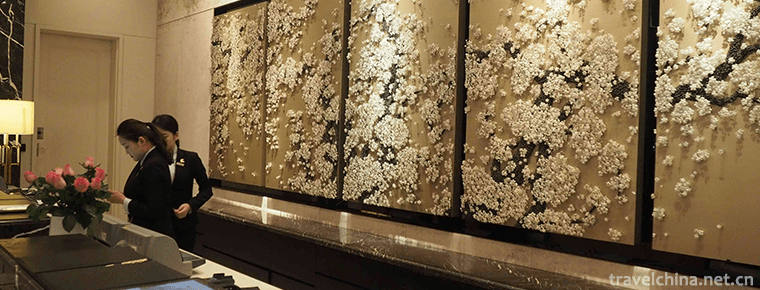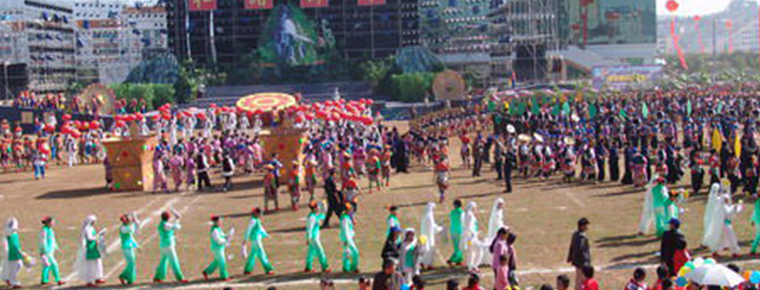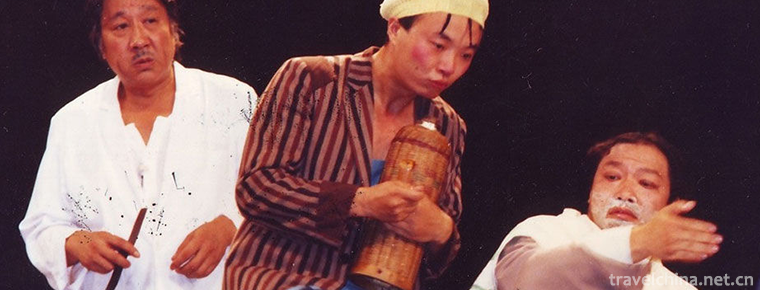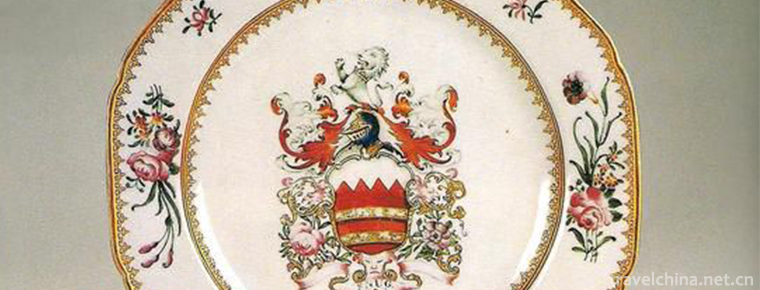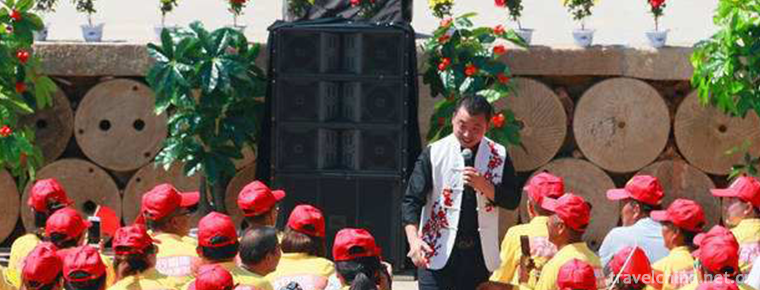sate noodles
The only disciple chef Wang Daquan who teaches Shacha Noodle recipe by the master of Southern Fujian cuisine Yang Jibo inherits the tradition and makes it flourish. The main ingredients of Shacha sauce are dried shrimp, dried fish, onion, garlic, ginger and more than a dozen other ingredients. After deep-fried crispy and grinded fine, Shacha sauce is prepared for use.
Fujian is one of the earliest coastal areas open to the outside world and one of the main ancestral places of overseas Chinese. There are many imported products in Fujian people's lives, and Shacha is one of them. Sha cha Siwon in Malaysia, there are also from Indonesia. People in Southern Fujian drink tea and become popular. Therefore, the sate translation of Malay language is called sa-te.
Sand tea noodles are very simple. Soda water and oil noodles are boiled in a boiling pot under the fence. They are salvaged in a bowl. With their own taste, they are added with pig heart, pig liver, pig waist, duck tendon, duck blood, large intestine, squid, tofu and other accessories. Finally, they are dried with soup that has been boiling in a large pot. A bowl of noodles can be served in a minute.
At the end of the 18th century in Xiamen, a family lived at the foot of Mount Putuo (now Nanputuo), fishing for generations. His father died early, and his son and his mother depended on each other. Unfortunately, a great wind swept away the son who was fishing. Ten years since then, no news has been heard; the desperate mother has cried her blind eyes, and her taste buds have been lost.
The lucky son was rescued by an Indonesian merchant ship and worked as a cook on the ship. He found that Indonesians like to cook meat with a powder called sand tea. The meat is so delicious and delicious. His heart wants to go home. He must cook such meat for his mother. Ten years later, the young man finally returned to Xiamen with the boat and saw the thin and old mother, whose son had a knife in his heart, and decided to be filial to his mother. Although his son took good care of him, his mother still had no sense of taste. One day, he bought his mother's favorite peanuts. After grinding peanuts into powder and adding them to noodles made of bone soup, my mother took a bite and said, "What a light taste!" The son was overjoyed and went to fetch the salt bar. He found that the salt bar had been used up and turned over the tea powder that Indonesia had brought back. He used it instead of salt bar to sprinkle some noodles. Unexpectedly, my mother ate noodles and said, "what is this? It's so delicious!" The son came close to the bowl and smelled so fragrant. From then on, the mother's taste was restored. Later, in order to make a living, the young people took the cooked sandtea noodles to the wharf to exchange some daily necessities and fish with fishermen, and gradually more and more boats stopped for this famous bowl of sandtea noodles in the countryside! Today, this bowl of filial piety and the birth of the tea noodles, has become the pronoun of Xiamen snacks. It is Xiamen's most distinctive snack, which is sought after by Xiamen people and foreign tourists.
Making of tea sauce
1. Burn peanuts, dried fish and dried shrimp into 50% hot salad oil, soak and fry until fragrant and cooked, then remove them and grind them into sauce.
2. Take one bite of iron pot, add peanut oil, add dry chili powder, garlic and scallion to fry until fragrant, leave oil and residue to be used.
3. After washing the pan, put in the fried oil, and burn until 50% hot, add peanut butter and hot shacha, and simmer until the sauce bubbles.
4. Xiamen Shacha noodles taste salty, spicy, a little sweet, red and bright soup, salty, spicy taste, nutritional collocation is reasonable.
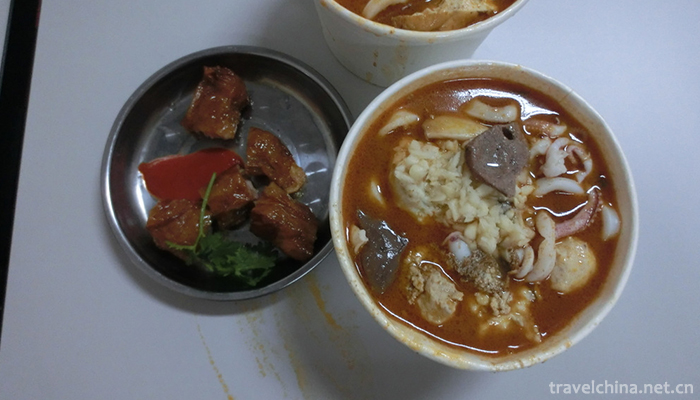
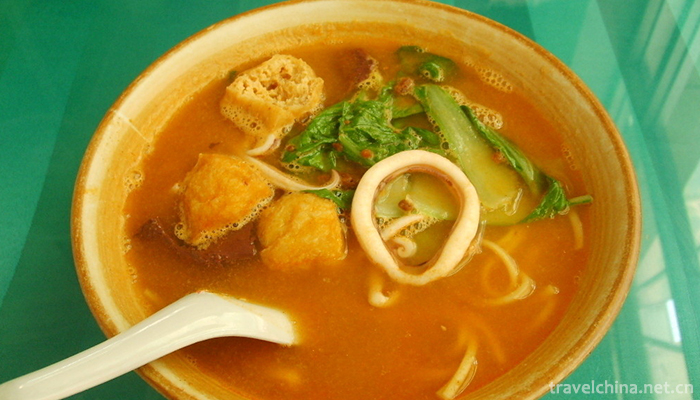
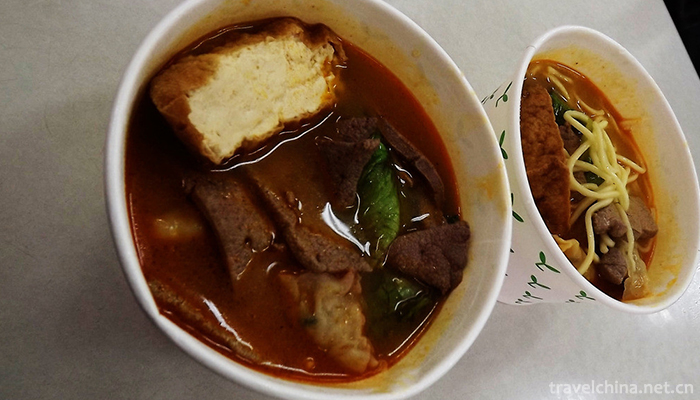

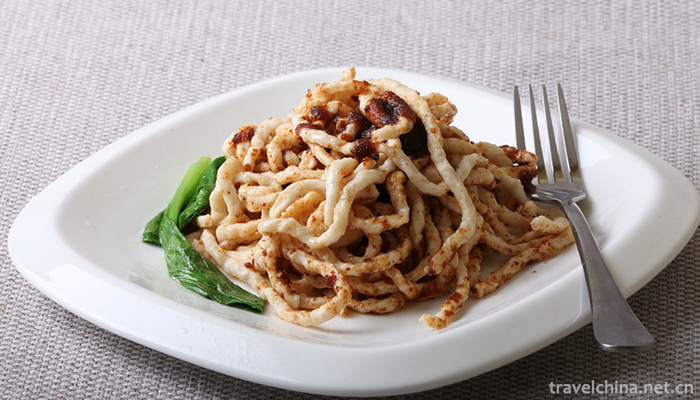
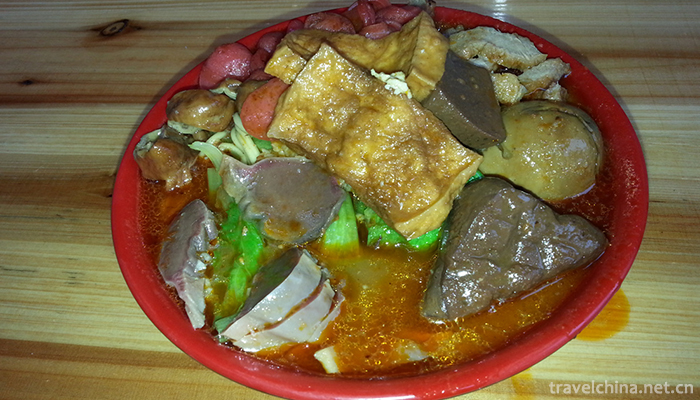
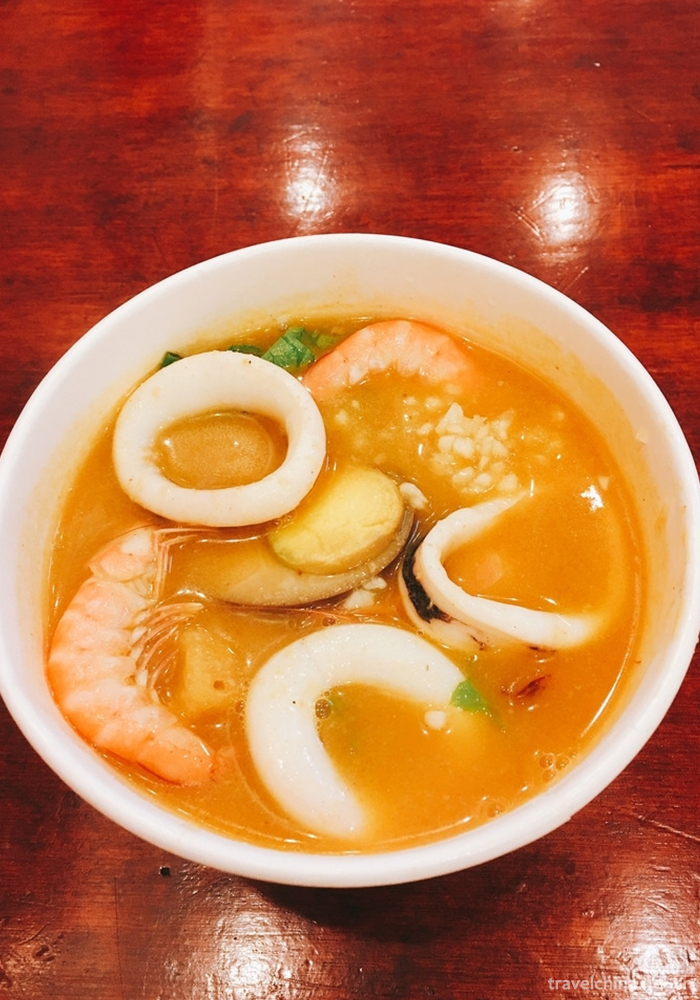
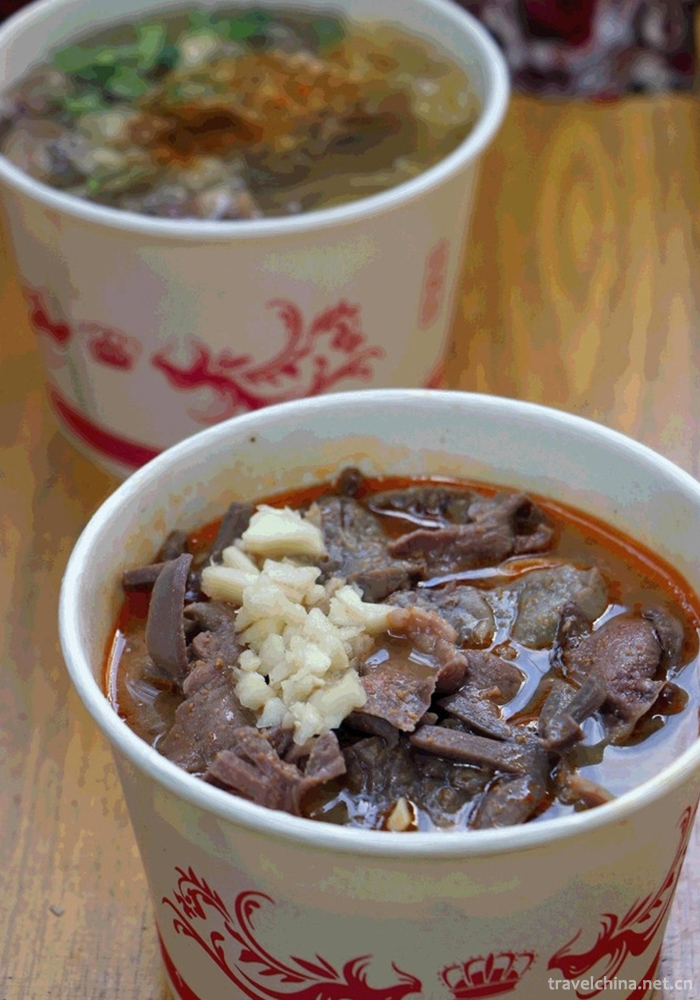
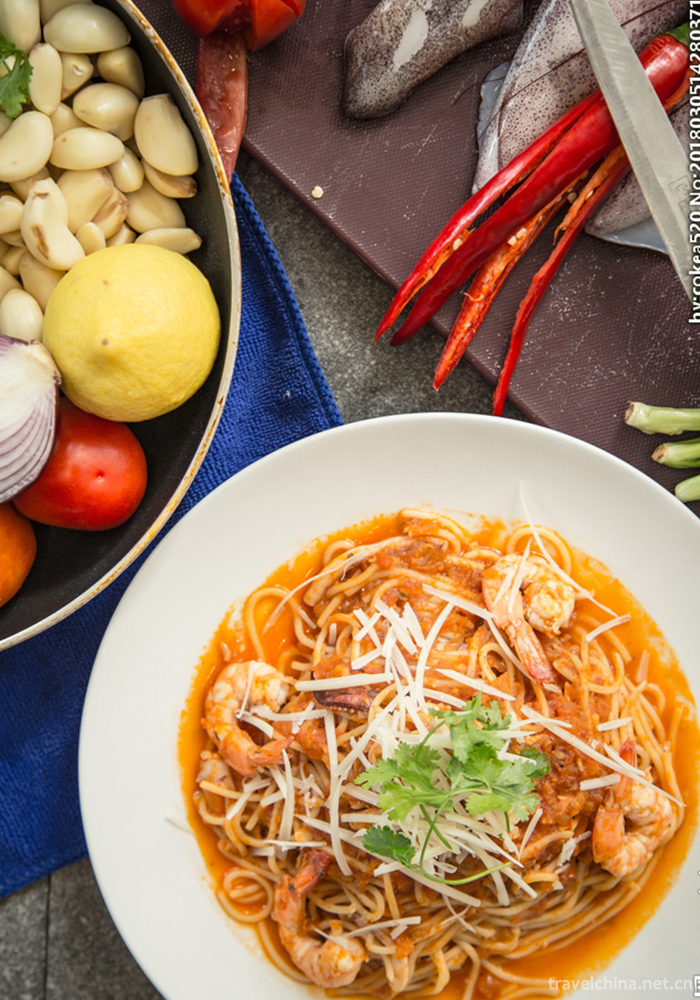
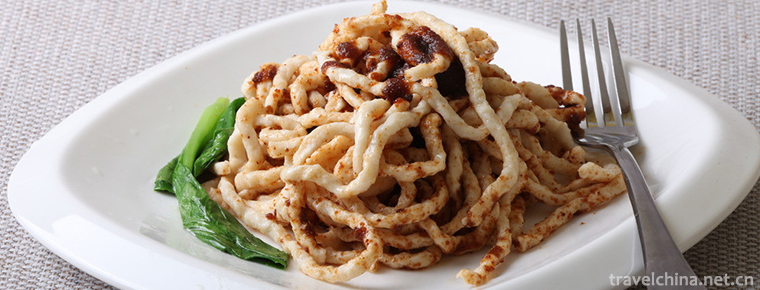
sate noodles
-
Sertar County
Sertar County is a county under the jurisdiction of Ganzi ...
Views: 245 Time 2018-10-12 -
Longting Hotel East China Sea Shenzhen
Langting's history can be traced back to 1865. The grand opening of Langting Hotel in central London, England, has become the first truly "luxury hotel" in European history, creating a brill
Views: 595 Time 2018-12-16 -
Wanjiazhai Water Conservancy Scenic Area of the Yellow River
Wanjiazhai Water Conservancy Project is located in the canyon of the north main stream of the Yellow River from Toketo to Longkou. It is the first of eight cascades planned and developed in the middle
Views: 243 Time 2019-01-18 -
Dai nationality Zhang ha
Dai Zhangha, also known as "Zanha", is a traditional form of Dai folk song, which is spread in Xishuangbanna Dai Autonomous Prefecture in the southern border of Yunnan Province and Dai villa
Views: 138 Time 2019-04-24 -
One Man show
A kind of folk art. It is usually performed by one or two or three people. It is lively and funny, close to northern crosstalk. It is popular in Shanghai, Hangzhou and other places.
Views: 118 Time 2019-04-28 -
Firing Techniques of Guangcai Porcelain
Guangcai Porcelain Firing Technology, a local traditional handicraft in Guangzhou, Guangdong Province, is one of the national intangible cultural heritages.
Views: 121 Time 2019-05-01 -
PuXian opera
Puxian Opera is one of the oldest operas in China. It originated in Tang Dynasty, became in Song Dynasty and flourished in Ming and Qing Dynasty. It is known as the "living fossil" of Southe
Views: 135 Time 2019-06-09 -
Salt drying Techniques
Salt-drying process is a special kind of handicraft technology. Its existing form is different from the general intangible culture. Its products are closely related to people's daily life and industri
Views: 151 Time 2019-06-13 -
Tajik costumes
Tajik costume refers to the costume with distinct ethnic characteristics of Tajik. Tajik people mainly live in the Pamir Plateau with cold climate. Their economic life is mainly animal husbandry and a
Views: 347 Time 2019-06-17 -
Xie Rong Zhongzi
Xierong Zhongzi still keeps the primitive and simple legacy, from which we can see the spiritual sustenance and aesthetic pursuit of Tibetan ancestors. This kind of primitive culture and art has becom
Views: 212 Time 2019-07-06 -
Left power blossoms
The style of Zuoquan folk songs began to take shape in Sui Dynasty. In 1930s, Zuoquan flowering tune was derived from Zuoquan folk songs. Zuo Quan's blooming tunes are exquisite in conception, novel i
Views: 394 Time 2019-08-16 -
North Sichuan Medical College
North Sichuan Medical College is located in Nanchong City, a famous historical and cultural city in Sichuan Province and the birthplace of Three Kingdoms Culture. The school's predecessor was the Nort
Views: 309 Time 2019-08-31

